Get Smart About Salt and Re-Hydration!
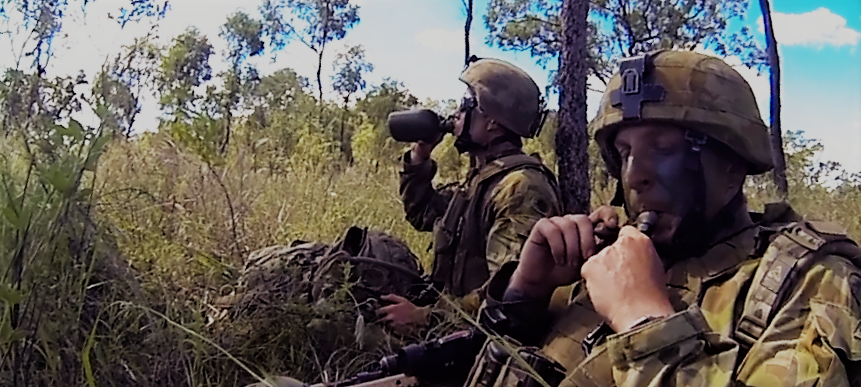
What Heat Injuries in the Army Taught Me About Hydration and Salt for Training and Recovery
An Anvil Training Article by Marshall Officer
I Learned About Re-Hydration the Hard Way
I was in the Army for 6 years, and I spent most of this time in some of the hotter, more humid climates of the world. I was a qualified Combat First Aider, which I will go into more detail about later. I have been lifting weights, carrying packs, and conducting brutal conditioning workouts, in both a military and civilian context, for the better part of a decade. I have treated extreme heat injuries, cannulated people with bags of saline fluid, used CPR to resuscitate someone, and coordinated the evacuation of injured soldiers. I am not a doctor, nurse, or paramedic, and I am not an accredited dietician. By no means am I claiming to provide information that is contrary to medical science, and the only nutritional guidance I provide is directly in line with the Australian Dietary Guidelines. This article purely aims to demonstrate how my experience with extreme heat injuries gave me a greater understanding of the part hydration and salt play in the recovery of an athlete or everyday person with an above average physical training program.I was posted to an Infantry Battalion in Townsville for most of my career. Townsville only has two seasons: hot, and wet-hot. That kind of heat makes you sweat. A lot. I didn’t really know or care enough about it, other than hating constantly having to wash and change my uniforms because I ended up soaking wet from something as small as a 400 metre walk to get lunch in the middle of the day. Early in my career, however, I did a course that qualified me to be a Combat First Aider. The army has doctors, nurses, and medics (the equivalent of an Army trained paramedic), who would be available to us in barracks and in the field, or in the deployed environment. These job roles did not normally come on patrols with combat units, or, if they did - there would be a very limited availability of medical resources. To bridge the gap and give average soldiers access to a higher level of trauma care, some soldiers would complete a Combat First Aider course. This course increased the level of knowledge above average first aid, with an added emphasis on combat trauma and heat injuries - as these are the predominant injuries suffered by combat troops in the Australian Army. This experience, combined with formal training, has given me a relatively unique insight into how heat injuries, hydration and salt intake can affect anyone who needs the best possible recovery for their sport or training program.
What Does Real Dehydration Look Like?
Heat injuries come in two forms. Heat exhaustion and heat stroke. Both are a direct result of dehydration, which is defined by the Australian Government health agencies as “when the water content of the body is too low”. Loss of fluids in a hot, Army environment was a daily concern. Combat troops are constantly training in warm uniforms, wearing body armour, and carrying heavy weapons and packs. This leads to long periods of intense physical activity, mainly outside in the sun. Perspiration is constant in this environment, and sweat is one of the key ways the human body regulates its temperature to stay alive. To replace fluid lost through perspiration, the most obvious thing to do is drink water. However, the extreme nature of military training and the surrounding environments led to regular cases of heat exhaustion. Most of the time, the soldiers who succumbed to heat injuries were still drinking lots of water. Some of them even had no water left in their gear, meaning they had drunk a lot more than many of the rest of us in the same amount of time. So if they were drinking water, why are they collapsing with cramps, no longer sweating, confused, or even passing out from heat injuries?The answer is food. The human body requires water to survive, and it also requires salt. Harvard University Health department describes salt (or sodium) as “essential to human life”. I will link a few good sources regarding salt at the bottom of this article, however without going into a biology lesson, salt provides the chemicals that allow your blood and muscles to function properly. Salt is also present in human sweat, so when you perspire, your salt levels drop. If you don’t replace this salt, you can end up doing serious harm. What did this mean for the soldiers I treated for heat injuries? If they were dehydrated, and they were exercising for long periods of time at a high level of intensity, but they hadn’t eaten anything to replace the salt in their bodies, drinking more water only served to flush their system. They were contributing to a vicious cycle that, if left too late, could cause brain damage or even be fatal. What does this mean for you? Well if you are in the military, and you are worried about dehydration or heat injuries affecting you or your fellow soldiers, make sure you tell them this: drink water, but also eat regularly! Just the salt content of a regular meal will keep you from succumbing to debilitating heat injuries. Approximately 200ml of water every hour of physical activity (as a minimum) and some kind of savoury/nutritious food every couple of hours, will keep you out of trouble.
Surely I Will Never Be in a Situation Like That!
But what if you aren’t a soldier or don’t care about extreme heat injuries? What if you only train up to a couple of hours a day, and you aren’t restricted to only drinking the water you carry on your back? Why should any of this matter? Because sodium binds to water in the body, causing fluid retention (see Australian Government links below). Salt has been demonised for a long time due to its link to high blood pressure. This has led to an aversion towards any kind of salt, but this can be extremely misleading. If you are an athlete or train at a higher level than just for average health and wellbeing, you should be trying to maximise your recovery. Training for 2 hours a day leaves 22 more in each day to screw up everything you spent 2 hours working on. My personal recovery has 3 main pillars: Sleep, Water, and… you guessed it: replenishing lost Salt.Sleep speaks for itself, your body requires sleep to function and recover from activity. Water is also extremely important, as muscle tissue is made up of 75% water. If this water is reduced through physical activity, evaporated from heat or depleted from sweat, then it needs to be replaced. This water carries a lot of vital nutrients and minerals, including salt! Just like the lessons I learned in the army from treating heat injuries, salt intake is essential to maintaining high performance over long periods of time. This doesn’t mean eating a teaspoon of salt every morning, which will definitely do more harm than good, but it does mean you need to ensure you are eating foods that contain enough salt to replenish what has been lost. This will promote fast and effective muscular recovery. Remember, the recommended daily intake of salt is no more than 4grams. Too much will result in high blood pressure, and it is important to only replace the salt you have lost from intense exercise.
What Else is Going On When I Lose Fluids?
Although this article focuses primarily on salt, it is worth noting that food or electrolyte replacement fluids can also replenish other key electrolytes crucial to salt behaviour and balance. I don’t want this article to be too ‘science-y’, but understanding the role that these electrolytes play in your basic body functions can help with understanding why they, too, need to be replaced. Electrolytes help move water in and out of cells, help maintain the acid-base balance of blood & assist with waste removal (some key electrolytes being sodium, potassium, bicarb, magnesium, phosphate and calcium). If you experience body fluid volume loss (like that which can occur during excessive perspiration in high intensity periods or hot environments), key electrolytes are lost - so even if you’re replacing the water (i.e. drinking litres of water), you may not necessarily be replacing the electrolytes that maintain appropriate fluid balance and body function. Products like Hydralyte assist with salt/electrolyte replacement in fluid form. Keep in mind, if you are experiencing extreme fluid volume loss, you may require assistance from a medical professional. (For more information on electrolytes, check out the Medical News Today Article below.)There are a few ways you can make sure you are getting the salt and water you need. According to Australian Dietary Guidelines, a healthy male should be drinking approximately 10 cups of water a day. A healthy female only needs around 8 cups. If you are training hard for 2 hours a day, it is important to remember that you need to drink your normal required daily water, plus enough to replace whatever you’ve lost. Without making things too complicated, I try to always have a water bottle on me throughout the day and drink whenever I feel like snacking, as well as replacing all those extra coffees and soft drink with water. As far as salt goes, I salt my home cooked meals to taste. This helps me add enough salt for my recovery without going overboard. It is important to remember that processed foods and junk food will contain higher levels of salt, and too much salt is potentially far worse than too little.
What Does the Science Say?
The medical process of replacing lost fluid is known as ‘fluid resuscitation’. The aim of fluid resuscitation/fluid replacement is to replenish what is lost, plus your usual ‘maintenance dose’ (or daily intake, which is a medical calculation based on your sex and weight). In cases of severe dehydration, this should be done by a trained medical professional. In the context of your day to day - staying hydrated and replacing fluids should be a gradual process. There is no point trying to replace immense amounts of fluid in a small period of time - because you can overwhelm the body and cause serious damage. Instead, constant, gradual replenishment over the day is required to retain the essential salt/electrolytes. Keeping yourself in a healthy fluid balance means being conscious of your day to day activity and how it may impact water requirements (when will you be more active, when is there going to be greater demand?). If you are aware of these periods, you can actively prevent potential dehydration and electrolyte loss by slightly increasing fluid intake prior to periods of increased activity. So, when it comes to fluid replacement - you should look to maintain your daily intake, and consider slightly increasing water and electrolyte intake around active or training periods. Planning ahead can also help you mitigate potential fluid loss in more active periods by doing things like bringing a water bottle with some type of electrolyte replacement that you can sip on throughout your training session. This is especially effective in longer, endurance type training. A point to note here, however, is that you should be aware of the nutritional content of “electrolyte replacements”. Common off-the-shelf sports drinks are usually full of sugar, are more likely to be consumed quickly, and may do more harm than good in the long run. If you want to introduce electrolyte maintenance products into your routine - do your research, and speak to an accredited medical professional. (World Health Organisation Model Formulary, 2008, 17.5.1 ‘Oral Rehydration’)I Want to Know More!
If you are interested in more reading about salt and hydration, I’ve included some links below to point you in the right direction. If you have any concerns about personal health, diet, recovery, and training, always go to a qualified professional for specific advice.- Queensland Health: https://www.health.qld.gov.au/news-alerts/news/dehydration-the-condition-all-queenslanders-need-to-be-aware-of
- Victoria Health: https://www.betterhealth.vic.gov.au/health/healthyliving/water-a-vital-nutrient
- Testosterone Nation: https://www.t-nation.com/diet-fat-loss/sodium-your-secret-weapon
- Nutrition Australia: http://www.nutritionaustralia.org/national/frequently-asked-questions/salt-and-hypertension
- Medical News Today: https://www.medicalnewstoday.com/articles/153188.php
About Us
Anvil Training and Development is a group of Australian veterans who care about the physical and mental health of veterans and emergency service workers. We’re passionate about ongoing education and working with others to implement positive change.
Instagram: Anvil Training & Development - @anvil.td
Facebook: Anvil Training & Development - @anvil.td
www.anviltd.com
(Article Edited, Proof Read, and Fact-Checked by Charlotte Officer)
VES Mental Health Resources: https://anviltd.com/pages/ves-australian-mental-health-resources
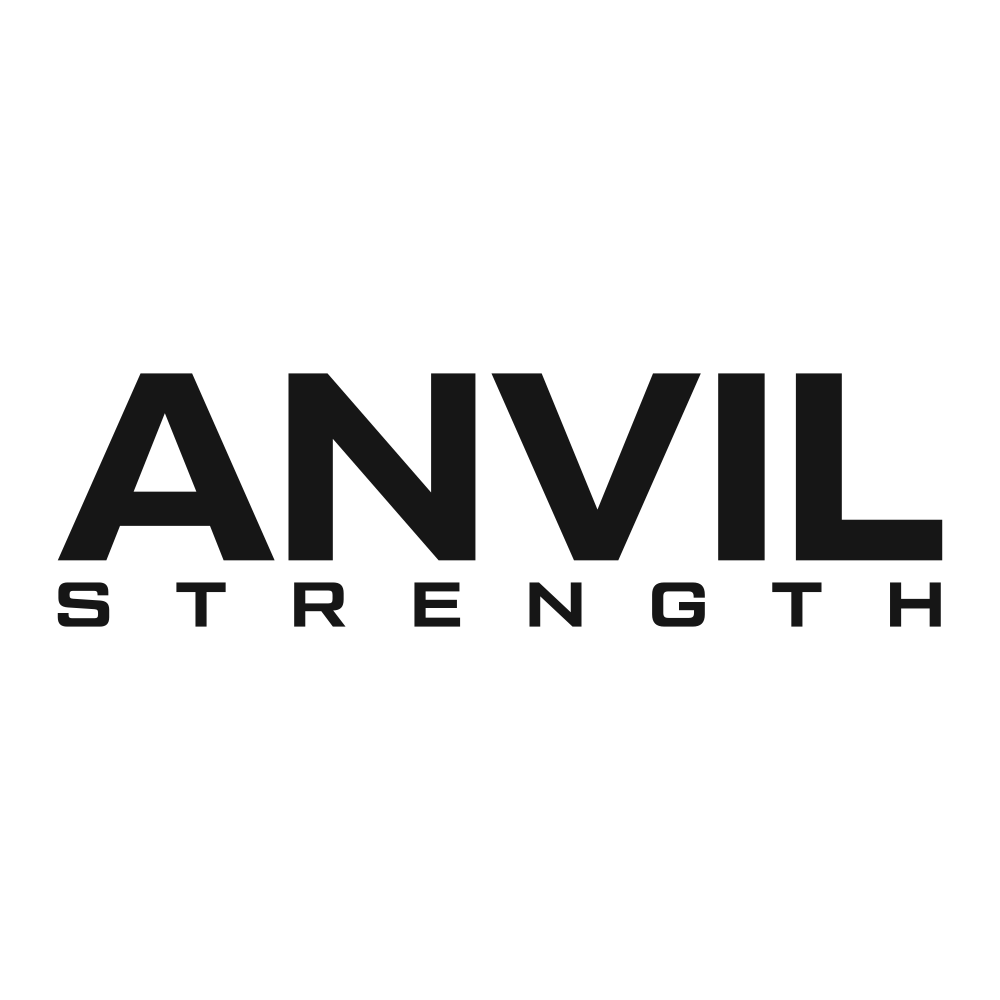
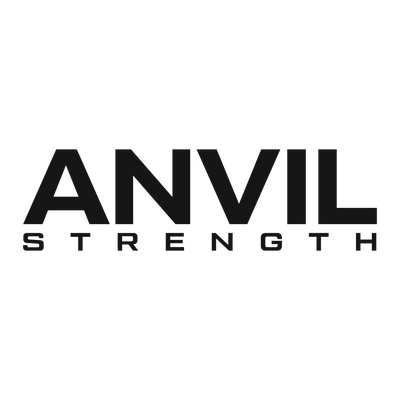
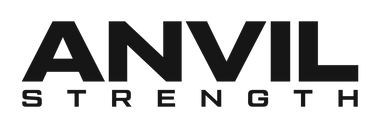



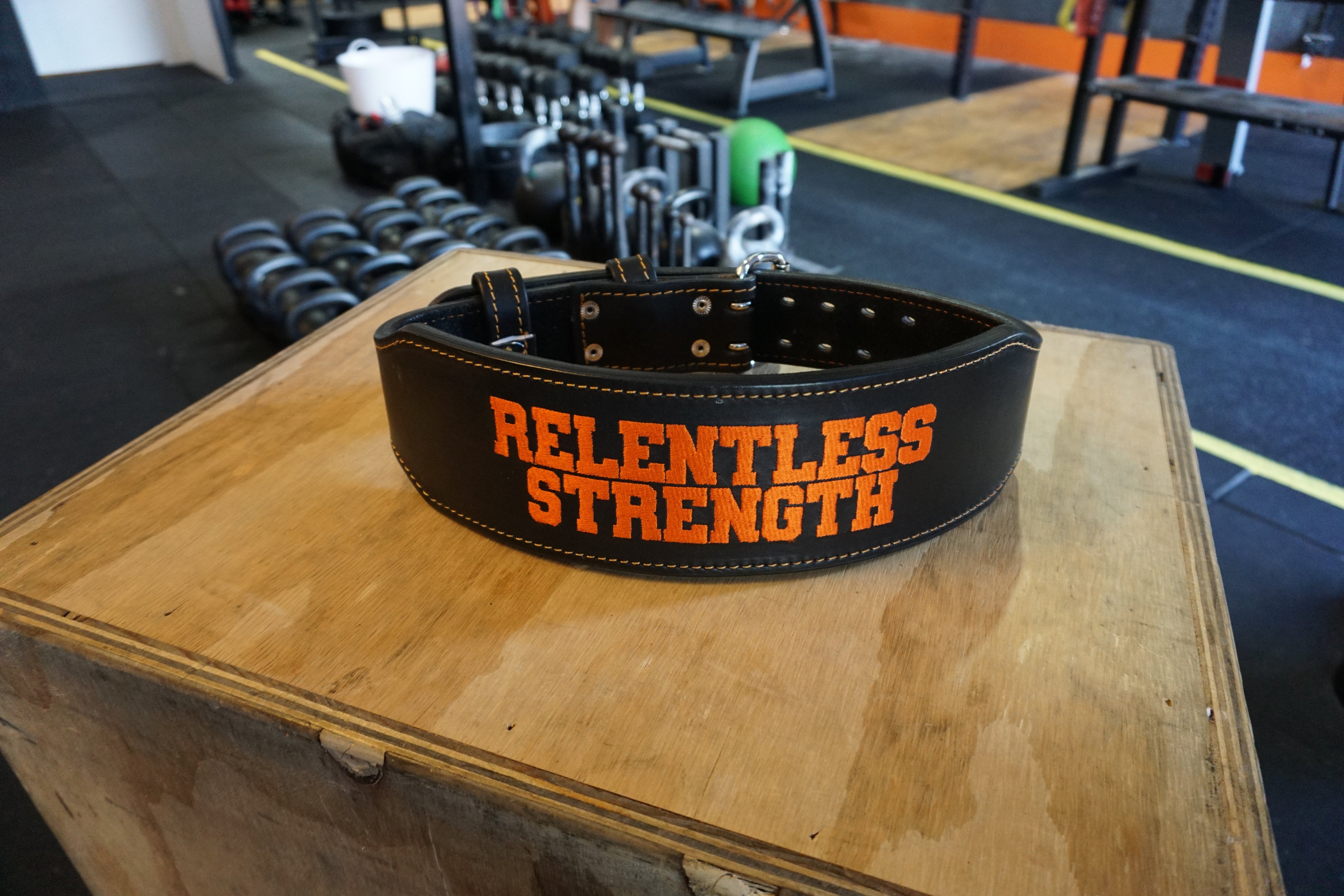
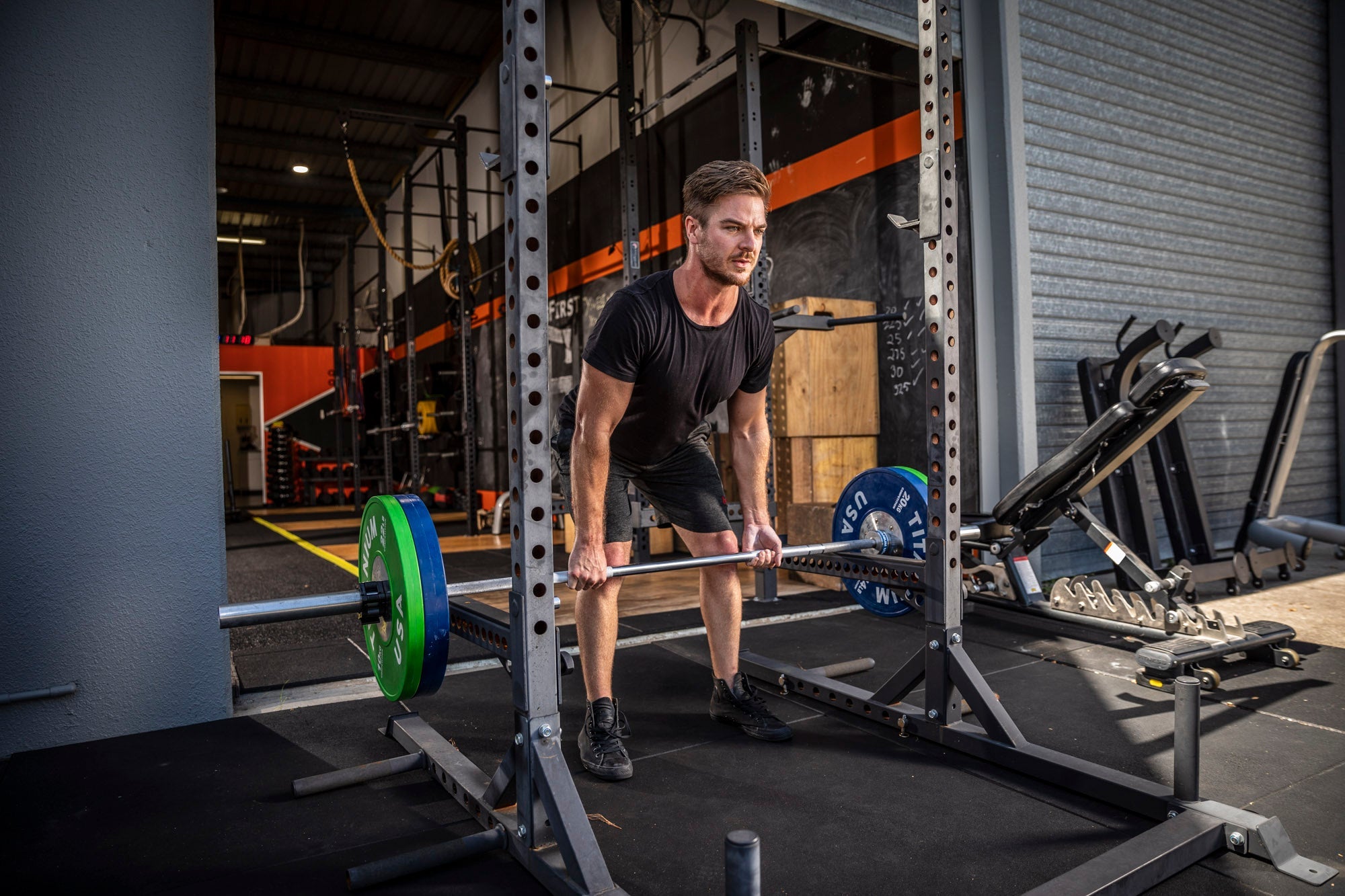
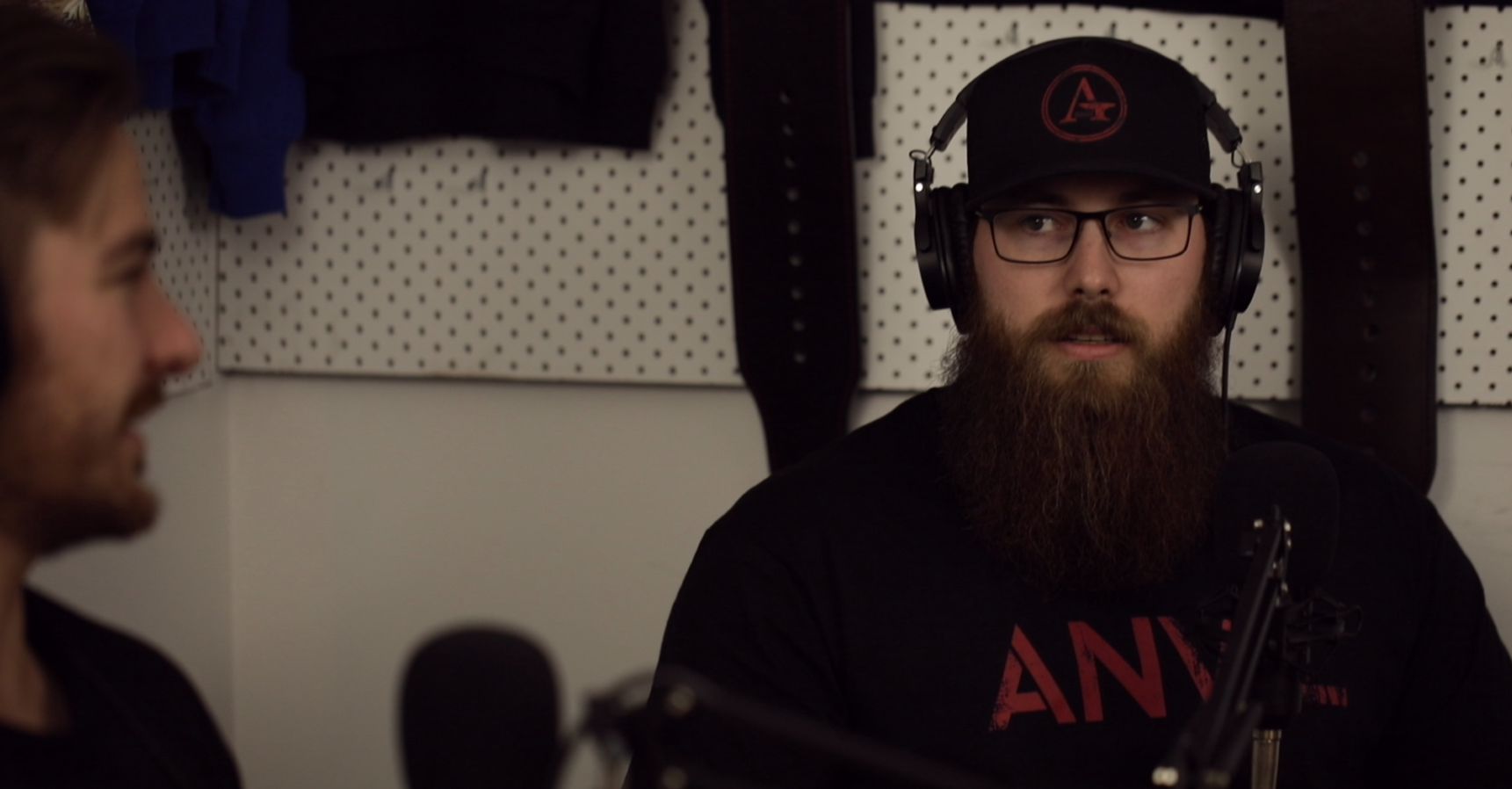
Leave a comment